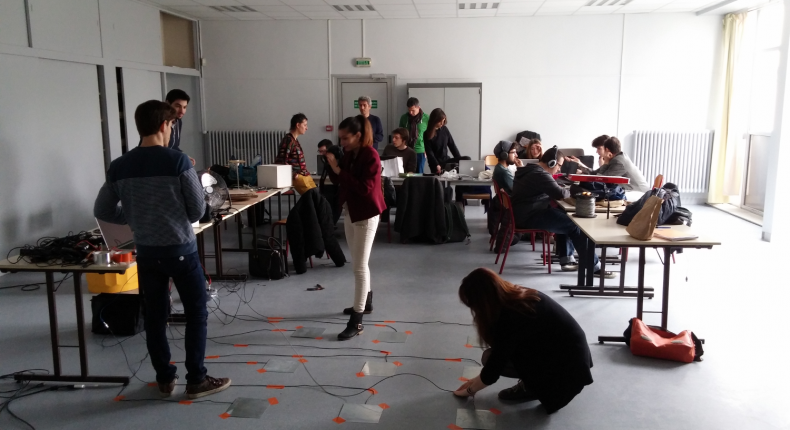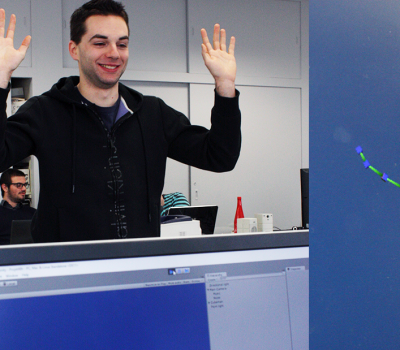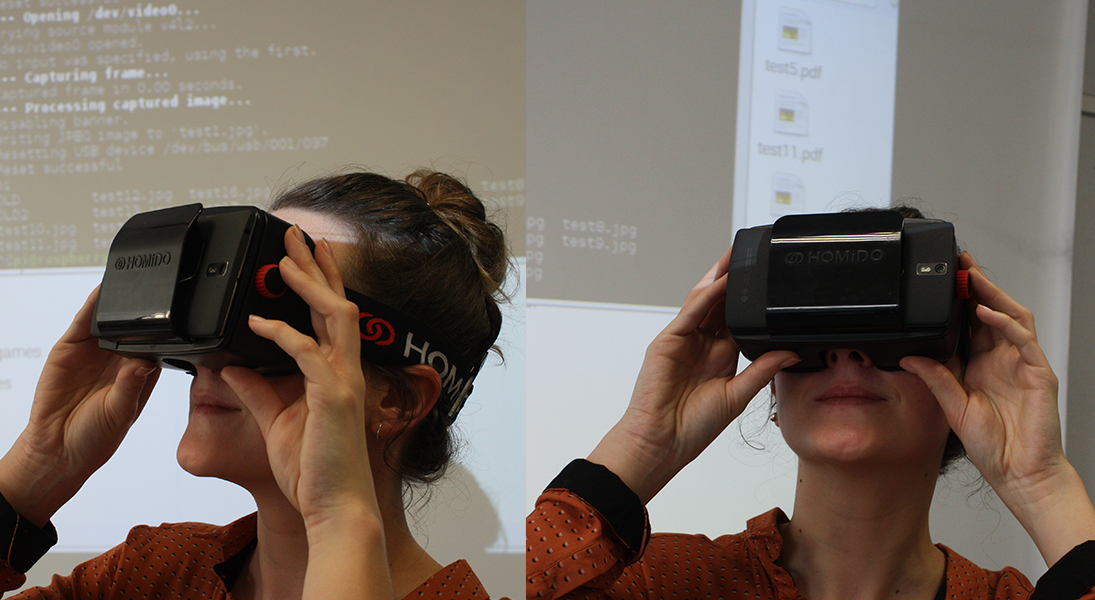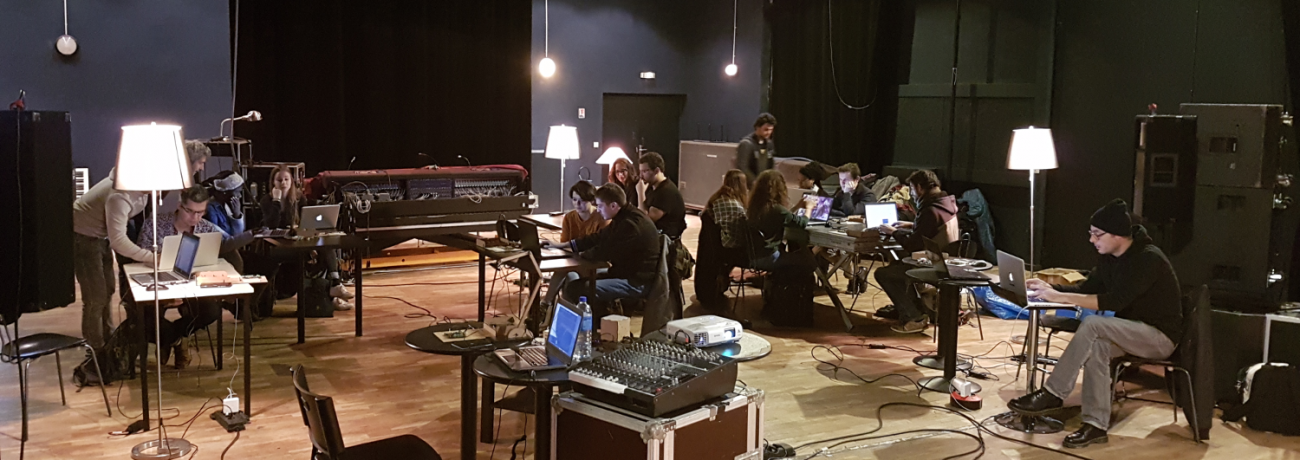The interdisciplinary programme Not a Number, offers digital arts-sciences workshops to students at ISTIA (the School of Engineering at Université d’Angers) and the École des Beaux Arts (School of Fine Art) at TALM-Angers. In this educational module, engineering and art students jointly create and examine digital works, cooperating in the way they could be expected to in their future professional lives.
WINNER OF THE 2017 CALL FOR INNOVATIVE INITIAL EDUCATION PROJECTS
With a view to developing new, long-term pathways and courses, these modules anticipate the skills socio-economic stakeholders are going to require in the future.
Two partners:
- ISTIA (School of Engineering Université d’Angers): first and second years (three-year and four-year degree programmes) in Automation and Computer Engineering, Biological Engineering and Health, and Quality and Dependability Engineering.
- École Supérieure des Beaux Arts TALM-Angers: second year of the bachelors-level National Diploma in Visual Arts
About the module
This jointly-led module from ISTIA and TALM-Angers provides an opportunity for shared experimentation, free from the usual restrictions and hierarchies, so that everyone can consider the place of their expertise. It has been designed to cut across the boundaries between the disciplines and teaching approaches and instead places collaboration at its centre. Through its structure and delivery, the project fosters exchange and discussion. It gives priority to the research and improvisation process rather than outcomes. This approach reflects the spirit of the partnership between TALM and ISTIA and the question of “doing it yourself”. It is both a working method and an attitude and involves observing and questioning the world around us so that we take ownership of all the factors that come into play.
An interdisciplinary programme (Digital Arts and Sciences) structured around workshops
Time for shared experimentation
A cross-disciplinary space designed to cut across the boundaries between subjects and teaching approaches, and to place collaboration at its centre.



Accreditation arrangements
2 ECTS credits
Learning objectives
Objectives can be divided into several categories:
- Joint learning so that every student can build bridges between their own and other disciplines. A level of understanding and expertise is essential to be able to work towards a common objective.
- Opportunity to put this knowledge into practice by addressing a shared challenge.
- Trialling ideas with stakeholders in the cultural economy, heritage and tourism sectors.
- Developing other uses within society that promote a participative and collaborative economy.
Schedule
Technical and theoretical modules are taught in the respective partner institutions. They are held weekly, on Tuesdays, from 13.30-15.00 and 15.10-18.00, and take the form of project workshops. Additional workshops with guest lecturers will also be organised on an ad hoc basis.
10-22 October 2017: Festival D workshop: Design of a combinatory text generator/Project Workshops: Pilot a CNC/Vertical Plotter/Arduino-based robotic plotter/Performance from CRR students, activating the combinatory text generator during Sophie Fétro’s lecture.
11-28 November 2017: Malinette Workshop / Jérôme Abel/Malinette Workshop: Arduino Pure data / Project Workshop: Pilot a CNC/Vertical Plotter/Arduino-based robotic plotter
5 and 12 December 2017: Live at the Museum Workshop: design projects for presentation at “Live at the Museum” at the Museum of Fine Arts in Angers during the University Festival of Design on 12/04/2018.
19 December 2017: Publishing workshop: preparation of a fanzine for publication in February 2018
22-26 January 2018: Live at the Museum Workshop/four full days to complete projects
2-3 February 2018: Trip to Paris to attend the “Les Faits du Hasard” exhibition at the Cité Internationale des Arts
12 April 2018: Presentation of projects at “Live at the Museum” (at the Museum of Fine Arts in Angers during the University Festival of Design).
Deliverables expected
The project will lead to publication of a fanzine which for participants becomes a tangible object with a real-life application and perceptible human input. It also provides a shared opportunity for experimentation and dissemination, and a way to centralise and reconcile ongoing and completed tasks through a visual rather than a documentary approach.
Prospects
The long-term goal is to consolidate and embed this shared base for cross-disciplinary learning (e.g. creation of a common module to both courses).
The common ambition is for an ongoing structuring project that will equip students with shared analytical tools and combined skills which are perfectly coherent in view of the issues involved in both courses.
Contacts
Sébastien Lahaye (ISTIA) – sebastien.lahaye@univ-angers.fr
Mehdi Lhommeau (ISTIA) – mehdi.lhommeau@univ-angers.fr
Mathieu Delalle (ESBA TALM-Angers) – mathieu.delalle@esba-angers.fr


